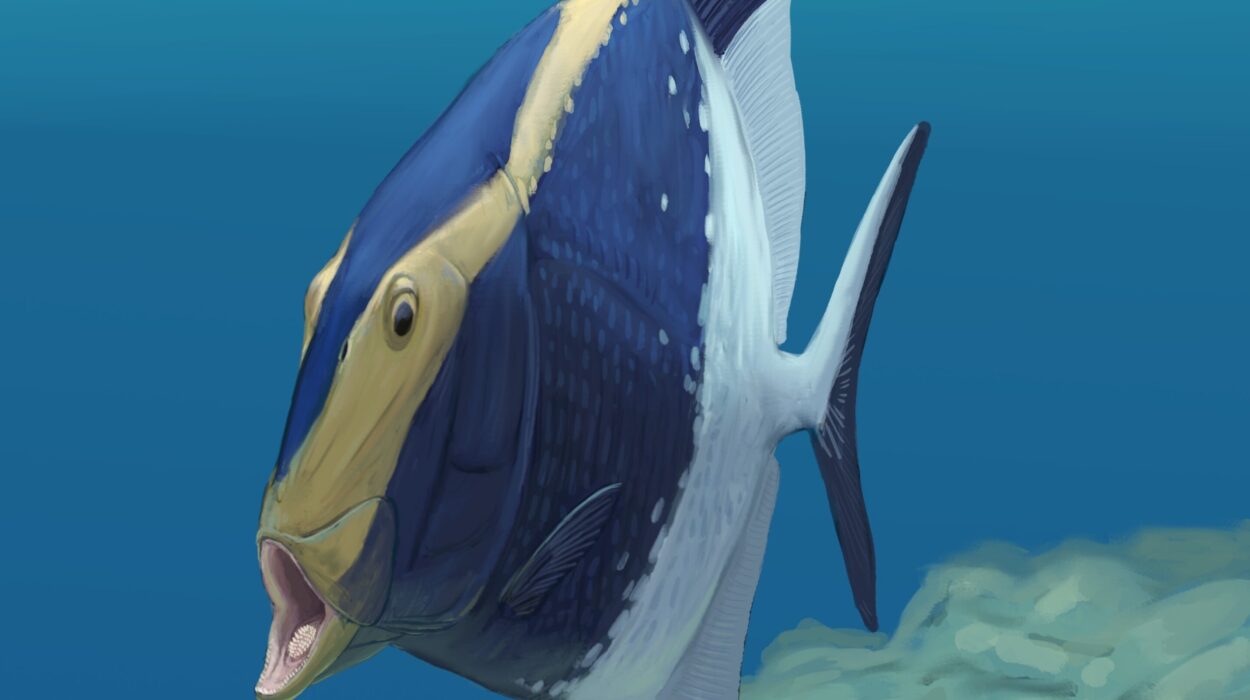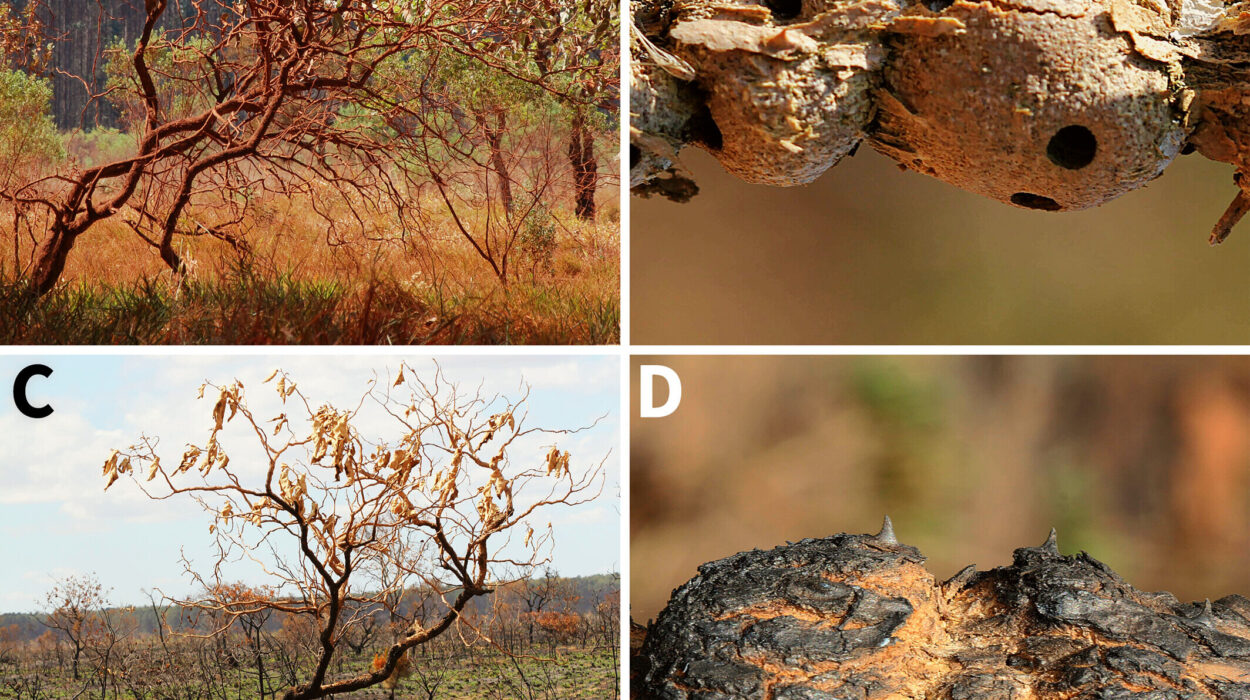In the quiet corners of the rainforest, across the echoing tundras, beneath the churning waves, and within the parched deserts, animals are performing their most ancient task—finding a mate. The desire to reproduce, to pass on genetic material to the next generation, is the most fundamental driver of life on Earth. And yet, this essential biological function is rarely straightforward. Instead, it often takes the form of intricate dances, vibrant displays, melodious calls, ferocious battles, and silent exchanges invisible to the human eye. These diverse mating rituals, evolved over millions of years, are as varied as the species that perform them.
But behind the beauty, strangeness, and spectacle lies a scientific story—one of evolution, natural selection, chemical signaling, sensory biology, and behavioral strategy. Why do some birds sing elaborate songs, while others build bowers? Why do certain insects die after mating? Why do females of some species choose mates with traits that seem disadvantageous to survival? These questions reveal a deeper narrative: how the competition for reproduction shapes life in every corner of the animal kingdom.
Sexual Selection: Nature’s Creative Force
Charles Darwin was the first to formalize the idea that traits related to mating could evolve through a process he called sexual selection. While natural selection favors traits that enhance survival, sexual selection favors traits that increase an individual’s chances of reproducing, even if they come at a cost.
This explains the puzzling existence of features like the peacock’s extravagant tail or the haunting songs of the humpback whale. These traits may be energetically costly or increase predation risk, but if they help an individual secure a mate, they can be evolutionarily advantageous. Over generations, these mating-related traits can become exaggerated, refined, and ritualized into behaviors that resemble performances.
Sexual selection operates in two primary modes: intersexual selection, where individuals (often females) choose mates based on certain traits, and intrasexual selection, where members of the same sex (often males) compete with one another for access to mates. The dynamic interplay between these modes has sculpted some of the most complex and fascinating behaviors in the animal world.
Signals of Fitness: Advertising Genes Through Behavior
In many species, males advertise their fitness through physical displays or behavioral feats. These are not random acts of flamboyance but carefully evolved signals that provide information about an individual’s health, vitality, and genetic quality.
Birds offer some of the most compelling examples. Male birds-of-paradise in New Guinea perform elaborate courtship dances, flashing iridescent feathers and creating hypnotic visual displays that seem almost otherworldly. Each movement, feather flick, and chirp is a test—of coordination, strength, and neurological control. Only the fittest males can perform these rituals successfully, making them honest indicators of genetic fitness.
In other cases, males build structures or offer gifts. The male bowerbird constructs intricate “bowers” made of twigs and decorates them with brightly colored objects like berries, shells, or even bits of plastic. The architectural quality of the bower and the curation of its decorations are under intense female scrutiny. Males who craft more symmetrical and aesthetically pleasing bowers tend to attract more mates.
These displays often serve as costly signals—a concept in evolutionary biology meaning that only individuals in good condition can afford to produce or sustain them. This makes the signal reliable and difficult to fake. Such honest signaling underlies many aspects of mating behavior and helps maintain the integrity of the communication between potential mates.
Female Choice and the Power of Discrimination
While much of the spectacle of mating rituals involves males attempting to impress, the power of mate choice often lies with the females. In many species, females invest more heavily in reproduction—producing eggs, bearing young, or providing care. This greater investment makes female choice critical, and evolution has favored the development of choosy behavior.
Female frogs, for instance, assess male vocalizations during the breeding season. In choruses of croaking males, females gravitate toward those with the deepest, most sustained calls—a cue that typically correlates with larger body size and better genetic health. Similarly, female fish like guppies are drawn to males with more vibrant coloration, a sign of good immune function and resistance to parasites.
In some cases, female choice drives what is known as runaway selection—a process in which preferences for certain traits become so strong that they lead to the evolution of increasingly exaggerated features, even if those features are not directly beneficial to survival. The result can be dramatic: antlers that become unwieldy, tails that hinder flight, or calls that invite predators. But if those traits enhance reproductive success, they persist.
Female choice is not solely about aesthetics or physical condition. In some species, females evaluate potential mates based on genetic compatibility, often using olfactory cues. For example, studies of mice and other mammals show that females prefer mates with dissimilar major histocompatibility complex (MHC) genes—a group of genes involved in immune function. This preference increases the likelihood that offspring will inherit a diverse set of immune genes, boosting their disease resistance.
Male-Male Competition: Battles for Reproductive Rights
While female choice often drives sexual selection, in many species, especially mammals, males must compete directly for access to mates. These competitions can take the form of physical battles, as seen in deer, seals, and primates, where dominance determines mating opportunities.
In red deer, for instance, males grow massive antlers and engage in dramatic clashes during the rutting season. These battles test strength and stamina, and the victor may gain control over a group of females, or harem. Dominant males can sire many offspring in a single season, while weaker rivals may be shut out entirely.
But male-male competition is not always violent. In many species, it takes the form of displays, posturing, or territory control. Male frogs establish calling sites near water, and those with the best territories often attract the most females. Similarly, in elephant seals, males fight for and defend stretches of beach that females use for breeding.
Competition also occurs at the microscopic level. In species where females mate with multiple males, sperm competition becomes a powerful force. Males may evolve larger testes to produce more sperm, sperm with enhanced mobility, or even chemical substances that reduce the success of rival sperm. In some insects, males remove or displace sperm from previous mates using specialized genitalia—an evolutionary arms race carried out on a cellular battlefield.
Chemical Conversations: The Invisible Language of Pheromones
Not all mating signals are visible or audible. In many animals, especially insects, mating rituals revolve around chemical communication. Pheromones—chemical substances released by one individual that affect the behavior or physiology of another—play a central role in mate attraction.
Moths are masters of chemical signaling. Female moths emit sex pheromones that can be detected by males over astonishing distances—sometimes several kilometers. Male moths possess highly sensitive antennae designed to pick up minute concentrations of these airborne molecules. The males fly upwind in a zigzagging path, guided by the chemical trail to their source.
In mammals, scent marking serves multiple purposes: territory defense, identity signaling, and mating readiness. Female cats in heat, for example, release pheromones in their urine that signal ovulation and readiness to mate. Male lions, upon detecting such cues, enter a state of heightened arousal and may track the female until copulation is possible.
Even humans are subtly influenced by pheromones. While the science is still unfolding, evidence suggests that humans can detect immune-related genetic differences through scent and that hormonal states can subtly influence social and sexual behavior.
Ritualized Behavior and Synchronized Timing
Mating rituals are not solely about choosing the best partner—they also serve to synchronize reproductive timing. For internal fertilization to occur successfully, both partners must be physiologically ready. Ritualized behaviors help coordinate this readiness, ensuring that gametes are released at the optimal moment.
Many amphibians time their reproduction with seasonal rains. Frogs and toads emerge from hibernation, travel to breeding sites, and perform vocal choruses that help synchronize hormonal cycles across populations. The resulting “explosive breeding” events flood ecosystems with offspring, overwhelming predators and increasing the chances of survival.
Corals in tropical reefs exhibit one of the most extraordinary examples of reproductive synchronization. Once a year, during a few nights in summer, vast areas of coral reefs engage in a simultaneous spawning event. Entire colonies release sperm and eggs into the water in a coordinated, lunar-timed ritual that lights up the ocean like an underwater snowstorm. This mass spawning ensures that gametes find one another in the vast sea, maximizing reproductive success.
In mammals, courtship behavior can stimulate ovulation. In some species, females do not ovulate spontaneously but require physical or olfactory stimulation from males. This phenomenon, known as induced ovulation, is common in cats, rabbits, and certain rodents and ensures that reproduction occurs only when mating has already taken place.
Parental Investment and Mating Systems
Mating rituals are deeply shaped by the reproductive roles of each sex. In species where one parent—often the female—invests heavily in offspring through gestation, egg-laying, or care, choosiness in mate selection is more pronounced. Conversely, in species with more equal parental investment or where males invest heavily in care, different mating systems can evolve.
Monogamy, though rare in the animal kingdom, can arise when offspring require extensive care from both parents. Birds such as albatrosses and swans form long-term pair bonds, with elaborate courtship rituals reinforcing the strength of the relationship. These rituals—like synchronized dancing or mutual preening—may seem sentimental but serve practical purposes: establishing cooperation, reducing conflict, and ensuring parental coordination.
In contrast, polygyny (one male mating with multiple females) is common where males can defend resources or females themselves. In these systems, males often evolve traits that enhance their competitiveness or attractiveness, while females take on the burden of care.
Polyandry, where one female mates with multiple males, is rarer but found in some shorebirds, bees, and fish. It can serve various functions, from ensuring genetic diversity to manipulating male parental investment. In species like the Jacana bird, females defend territories and lay eggs in the nests of multiple males, who then take on incubation and chick-rearing duties.
When Sex is a Performance: Mimicry, Deception, and Strategy
Nature is not above trickery, especially when it comes to reproduction. Some animals use deception as part of their mating strategy, exploiting the rituals of others for their own reproductive gain.
Male cuttlefish have been observed using remarkable body control to mimic female coloration when sneaking past dominant rivals to mate with guarded females. One side of the cuttlefish’s body displays female patterns to fool the rival male, while the other side displays male patterns to attract the actual female—a remarkable example of biological theater.
In certain species of frogs and fish, smaller males adopt satellite or sneaker strategies, avoiding direct competition by mimicking females or lurking on the edges of territories to intercept receptive mates. While these strategies may not confer the highest reproductive success, they can be evolutionarily stable if they allow some reproduction in a highly competitive environment.
Even among insects, sexual mimicry can play a role. Some orchid species have evolved flowers that resemble female insects in shape, texture, and scent. Male insects, tricked into attempting copulation with the flower, inadvertently transfer pollen—demonstrating that mating rituals can even extend beyond the animal kingdom.
The Neurobiology of Love: Hormones and the Brain
Beneath the visible behaviors of courtship lie powerful internal forces—hormones, neurotransmitters, and brain circuits that drive sexual behavior. These chemical messengers coordinate desire, readiness, bonding, and reward, ensuring that reproductive behaviors align with physiological needs.
In mammals, testosterone and estrogen regulate the development of secondary sexual traits and influence sexual motivation. Oxytocin and vasopressin, sometimes called the “bonding hormones,” play crucial roles in forming pair bonds, particularly in monogamous species. Prairie voles, for instance, exhibit strong partner preferences after mating, a behavior driven by surges in these neuropeptides.
The pleasure and reinforcement associated with mating behavior are mediated by dopamine, a neurotransmitter involved in reward processing. This helps animals associate reproductive behavior with positive outcomes, reinforcing behaviors that enhance reproductive success.
The brain’s role in mating rituals extends beyond physiology. In birds, brain nuclei related to song production grow during the breeding season, reflecting the neural plasticity associated with courtship. These changes are often triggered by environmental cues—like day length—ensuring that mating rituals occur at the right time of year.
Evolution’s Grand Theater
Animal mating rituals are far more than quaint curiosities. They are the stage upon which natural and sexual selection converge, testing the fitness, creativity, and adaptability of every organism. Each dance, song, color pattern, and chemical trail is a product of generations of refinement—a solution to the age-old challenge of reproduction.
These behaviors are not static. They continue to evolve, shaped by changing environments, shifting predator-prey dynamics, and the complex interplay between genes and behavior. As scientists continue to study mating rituals, they uncover new layers of complexity and wonder, revealing that even the simplest gestures may hold deep evolutionary meaning.
A Final Courtship with Curiosity
From the raucous drumming of woodpeckers in spring forests to the glimmering bioluminescent displays of deep-sea squid, the diversity of animal mating rituals reflects nature’s endless inventiveness. But beyond their beauty lies a deeper story of biology, evolution, and survival.
In studying these rituals, we see more than animal behavior—we see echoes of our own desires, instincts, and bonds. Though we humans have layered our relationships with culture, tradition, and emotion, the roots of love, attraction, and reproduction lie embedded in the same evolutionary soil.
To watch a bird build its bower, a lion claim its pride, or a firefly signal across a summer field is to witness evolution in action—each act a note in the ancient symphony of life. And in understanding that symphony, we deepen not only our knowledge of the natural world but our connection to it.






